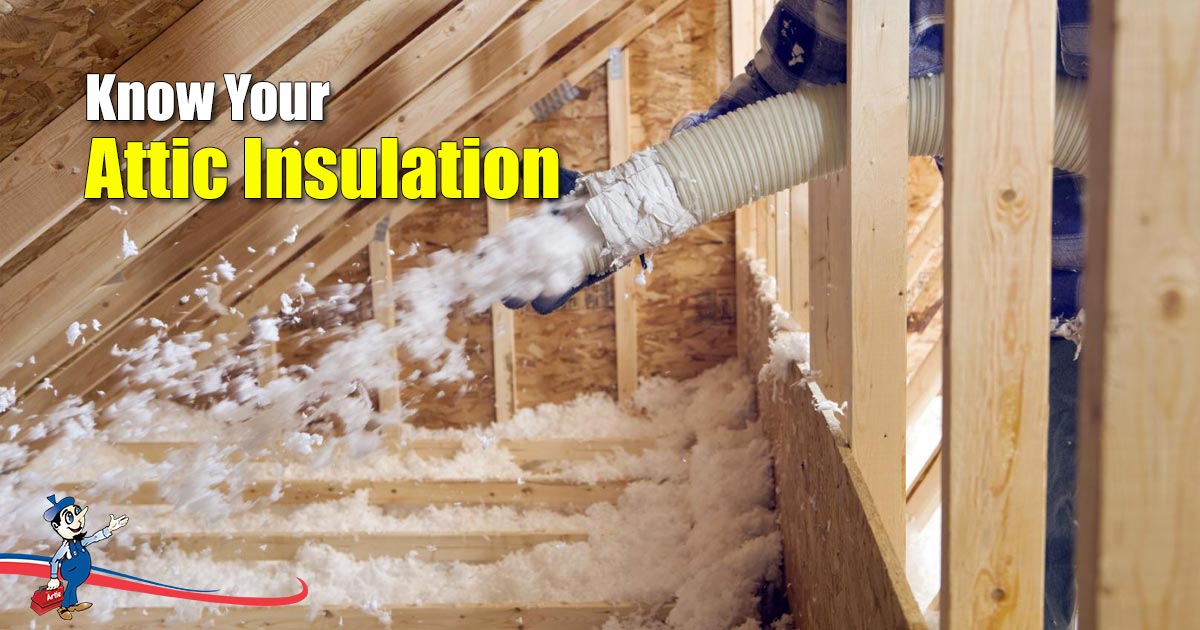Missing insulation at repaired areas in attic it seems pretty obvious that insulation should be put back in place after being pulled back for a repair in the attic but that doesn t always happen.
Compressed attic insulation fix.
Subtract the cavity depth from the thickness of the batt in inches.
Not so with blown in fiberglass insulation.
These thermal defects undermine the r value of your attic insulation.
Yes the compressed r value can be estimated using the following method.
It creates a breeding ground for mold and mildew and ruins the air trapping pockets that block heat flow.
Simple thermal analysis reveals that if you have 5 missing insulation in an attic bare sheetrock you ll have a slightly more than a 54 drop in r value.
Water is insulation s enemy.
That means you ll have to seal up all of those gaps cracks and holes that are in your attic and walls before you blow the insulation into place.
Blown in insulation is satisfactory for many unfinished attics as long as it doesn t get wet or compressed.
Compacted insulation insulation that has been compressed by being walked over or storing boxes on it loses part of its insulation ability.
Different parts of your house may use different kinds of insulation so as you inspect and repair your insulation pay attention to the type that s being used in that area.
Attic insulation problems are common but fortunately the solutions are simple.
For every x the insulation material is compressed the r value decreases by approximately one half of that percentage or x compressed.
R value simply means resistance to heat flow.
Box out light fixtures.
Look for water stains on the roof sheathing or damp or moldy spots on attic joists and existing insulation as a clue to where leaks might be.
I suspect the context of the naima calculation is that it pertains to common and customary building practices so i wouldn t attempt to extrapolate their findings to.
For most things we install the tighter the fit the better the item works.
Let s look at an r 19 batt in a 2x6 cavity step 1.
This guide from the department of energy will help you determine what type of insulation you have in your home.
Insulation is often moved during a repair and is never put back into place.
Fiberglass insulation should never be compressed.
Insulation loses its effectiveness when it is constantly being compressed by being walked on or having boxes stored on it loses its insulation ability.





























